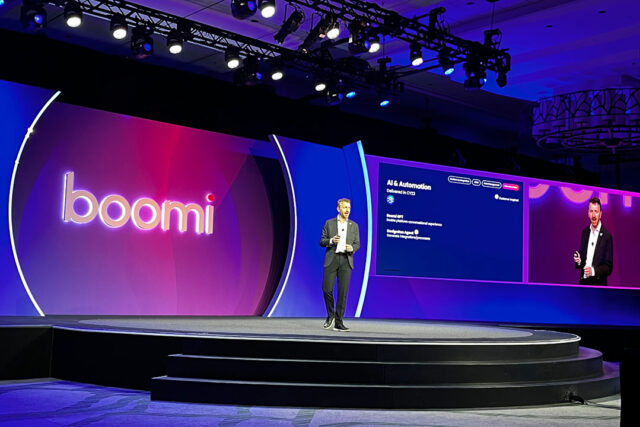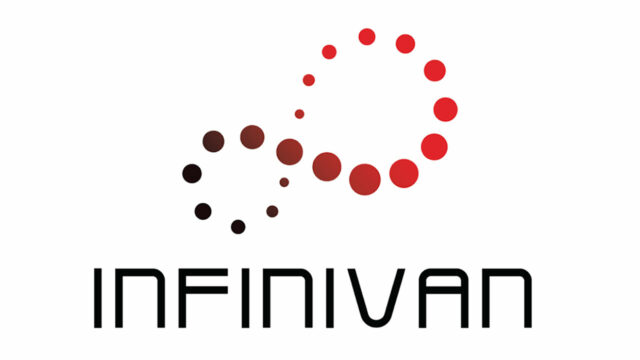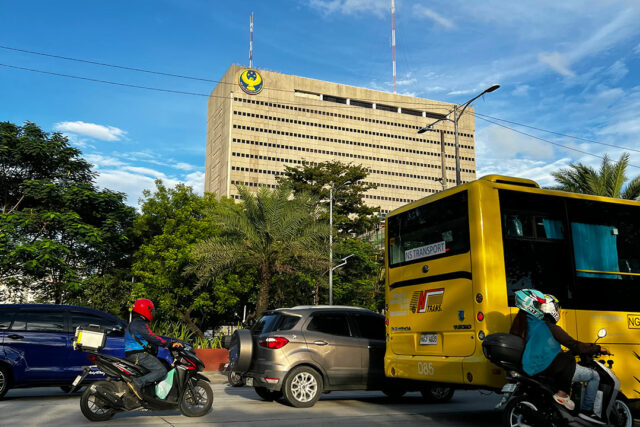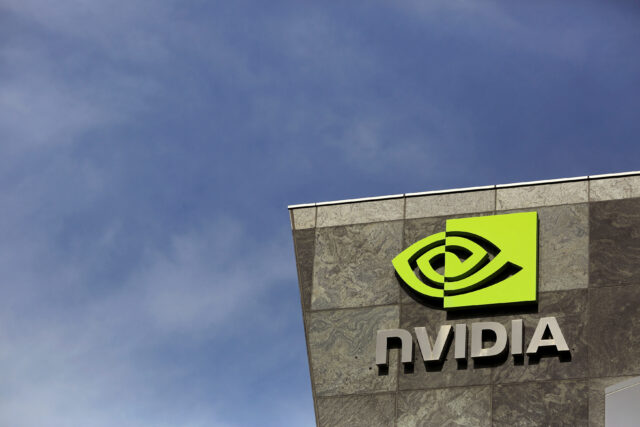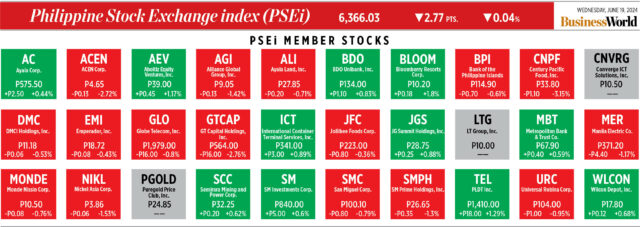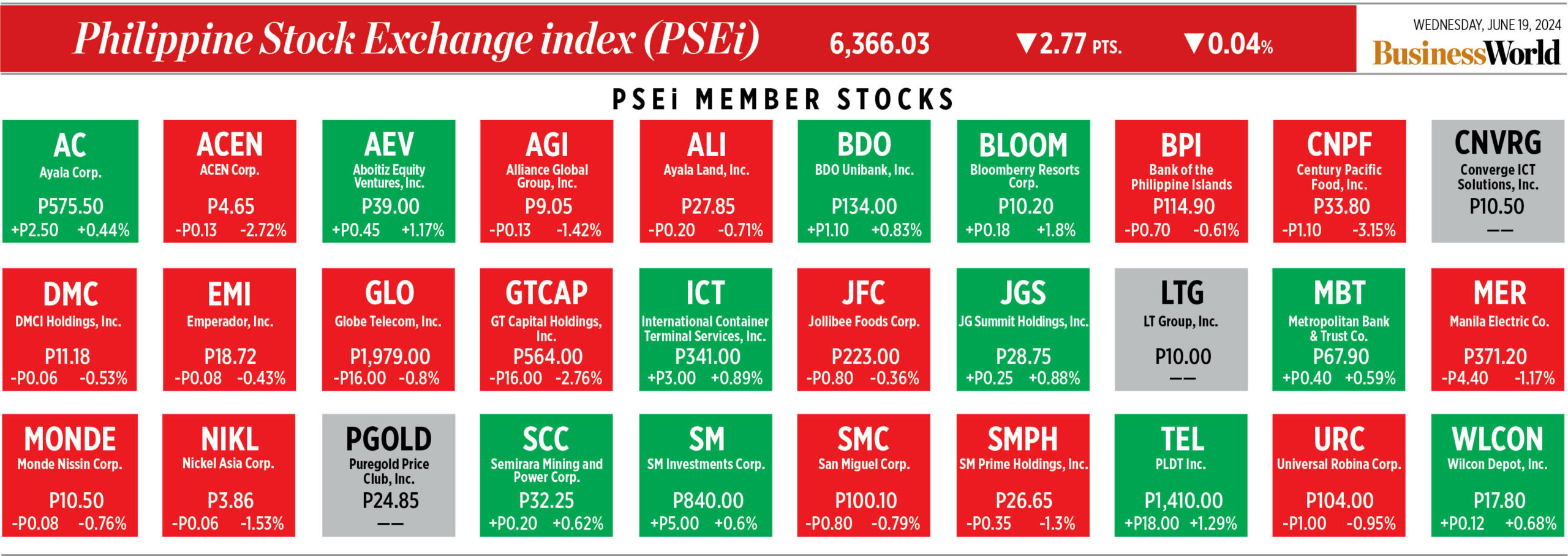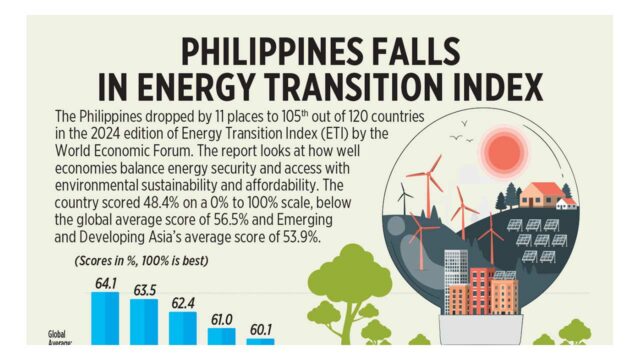Twice-stolen Titian painting headed for auction
LONDON — Rest on the Flight into Egypt, an early work by Titian that was looted by Napoleon and then stolen in the 1990s before being found at a London bus stop, will be offered for sale at auction next month, with an estimated price of up to $32 million.
The painting, which auction house Christie’s says is being offered to the market for the first time in around 145 years, depicts Mary holding the infant Jesus with Joseph sitting nearby as they rest while fleeing into Egypt.
The artwork, part of the collection at British stately home Longleat House, will headline Christie’s Old Masters Part I sale on July 2, with a price estimate of £15 million to £25 million ($19 million to $32 million).
“It’s painted when Titian’s about 20 years old, around 1510 and it’s that ignition moment when Titian is bringing about a real revolution in painting, introducing a naturalism to religious painting that had never really been seen before,” Henry Pettifer, international deputy chairman of old master paintings at Christie’s, told Reuters on Tuesday.
“It’s incredibly rare for a picture of this importance to come to the auction market … there are very few important works by Titian in private hands.”
The painting was looted by Napoleon’s troops in Vienna in 1809. It was auctioned by Christie’s in 1878 when it was bought by the 4th Marquess of Bath, who took it to his home, Longleat House.
It was stolen from there in 1995, and following a reward of £100,000 ($125,000) being offered, it was recovered by an art detective seven years later when it was found in a carrier bag at a bus stop in southwest London, without the frame.
“A colorful history and an extraordinary story is always interesting in a work of art, because it is about storytelling,” Orlando Rock, chairman of Christie’s UK, told Reuters.
“The fact that it was good enough for Napoleon and it was good enough for Lord Bath is again another reminder of just how rare and beautiful this thing is.” — Reuters


